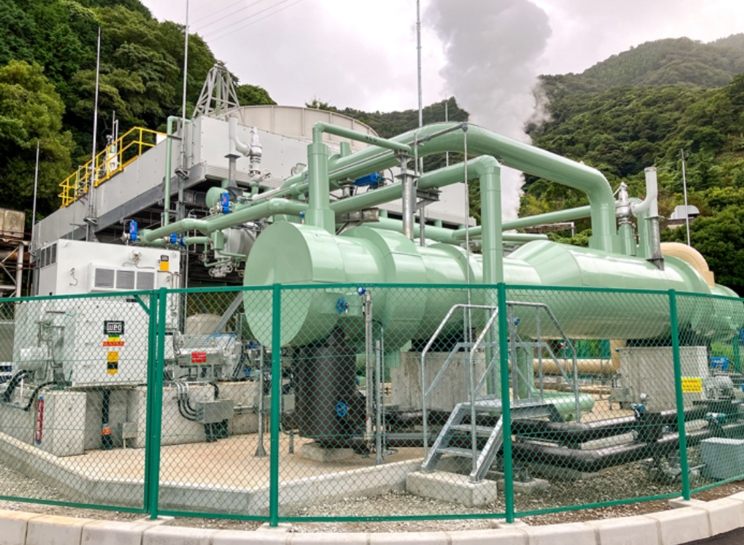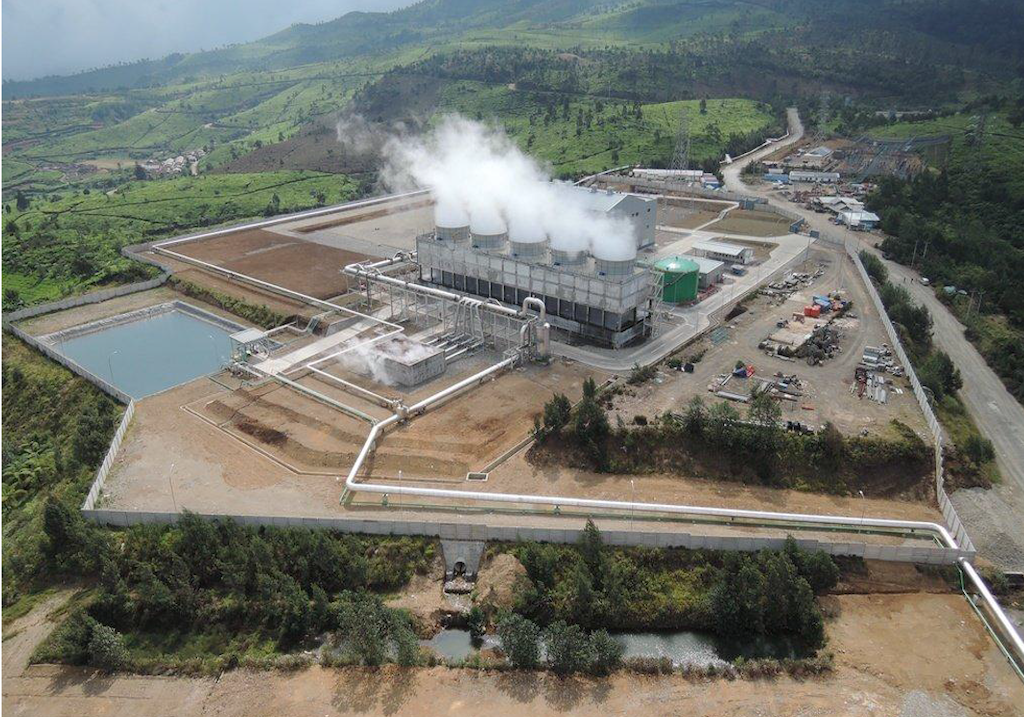
Tsuchiyu Onsen, a hot spring resort sixteen kilometers from Fukushima in Japan, is home to a geothermal power plant that successfully generates 400 kW of electricity, which is enough to power roughly 800 homes, as well as a local shrimp farm. It’s a binary-cycle plant that runs within an enclosed system, and therefore releases virtually zero carbon emissions.
The plant serves as a prime example of how local communities across Japan and the wider world can benefit from small-scale plants, which can potentially lead to the development of larger plants in the future. A report published by JOGMEC in 2023 shows that most geothermal power plants in Japan are considered small, with capacities ranging from 20 to 250 kW, largely brought about by favorable FiT rates.
Community effort
Local business owners in Tsuchiyu Onsen founded energy company, Genki Up Tsuchiyu, in order to fund and build the geothermal plant themselves. “The community bonded together to shift from nuclear energy to a source of energy that seemed safer,” Rio Watanabe, owner of the Sansuiso Hotel in Tsuchiyu Onsen, told the Washington Post.
It is estimated that Japan’s ample geothermal resources can potentially generate 10% of the country’s power, whereas nuclear power (which poses meltdown and radiation risks) currently accounts for 5.8% of energy production. Katsuichi Kato, President of Genki Up Tsuchiyu, said the key to the plant’s success is that it was never considered merely a “profit-making” tool, but rather a boon for the whole town. This sparked community spirit and everyone remained committed to the development of a sustainable town and energy plant that benefits all.
A boost to tourism and other industries
On top of clean energy efficiency, the plant is also a draw for tourists, who boost the local economy. This is particularly important for Tsuchiyu Onsen, which is only forty kilometers from Fukushima Daiichi Nuclear Power Plant, as the nuclear disaster in 2011 had long driven tourists away from the area.
Thousands of people from across the country now visit to learn about how the geothermal power plant works. This generates further revenue for local businesses. The plant’s warm waste water is even funneled off for local aquaculture projects, which farm giant river prawn. Local hotels and restaurants then serve these prawns, while tourists also fish them.
No intrusion upon natural environment
The plant at Tsuchiyu Onsen is built on top of an existing spring water well, so there was no need to drill any new wells. “This can help convince local communities throughout Japan that they can build similar projects without damaging their natural and beautiful environments,” Kolbrún Ragna Ragnarsdóttir, Geothermal Program Officer at the International Renewable Energy Agency (IRENA), told the Post.
Indeed, as one of the world’s most volcanically active countries, Japan is ripe for geothermal energy production. It’s estimated the country can potentially generate around 23 gigawatts of geothermal power. As such, the Japanese government aims to triple geothermal energy output this decade, so it accounts for 1% of electricity production, up from 0.3%.
Small plants like the one at Tsuchiyu Onsen “are unlikely to change the face of Japanese energy production on their own”, said Ragnarsdóttir. “But they can play an important role in getting people to understand and accept geothermal power — and pave the way for bigger plants in the future”.







